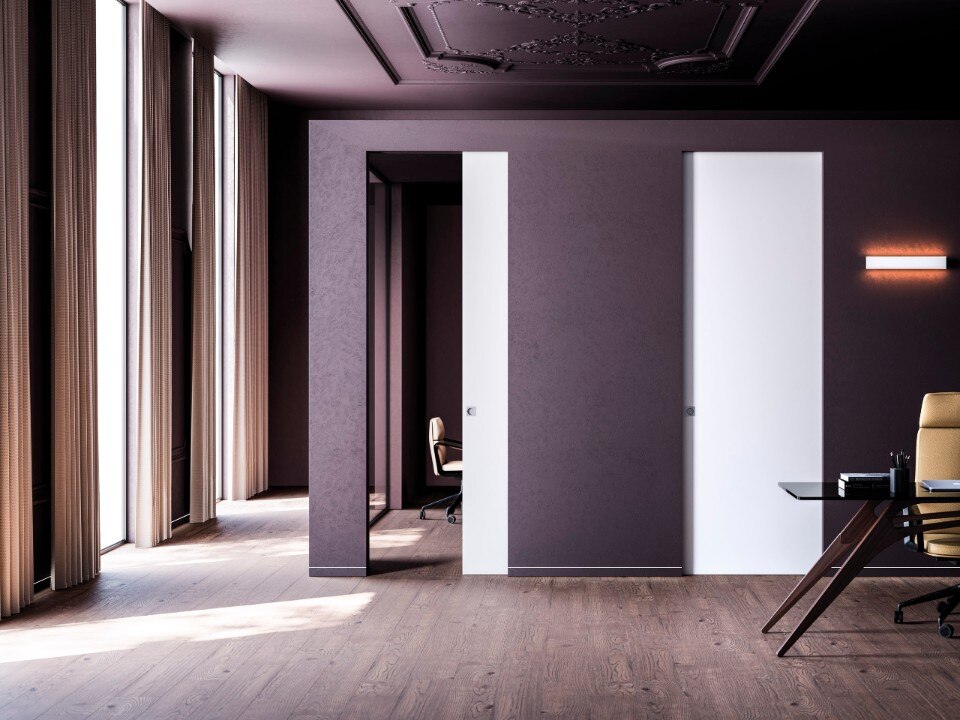
Eclisse: when invisibility art shakes up interior design
A leader in manufacturing pocket door frame systems, Eclisse redefines the concept of living space. Through solutions like Syntesis Line, the company transforms doors into continuous design elements.
- Sponsored content
Dune: Part Two – Denis Villeneuve’s sequel of the science fiction blockbuster inspired by the Frank Herbert novel and winner of six Oscars – saw some scenes shot in Italy. Among the most critical locations of this second chapter, there is the Brion Tomb, one of the most original works of the architect and designer Carlo Scarpa, characterized by a complex iconographic apparatus inspired by different cultures: from the early Christian to the Zen world.
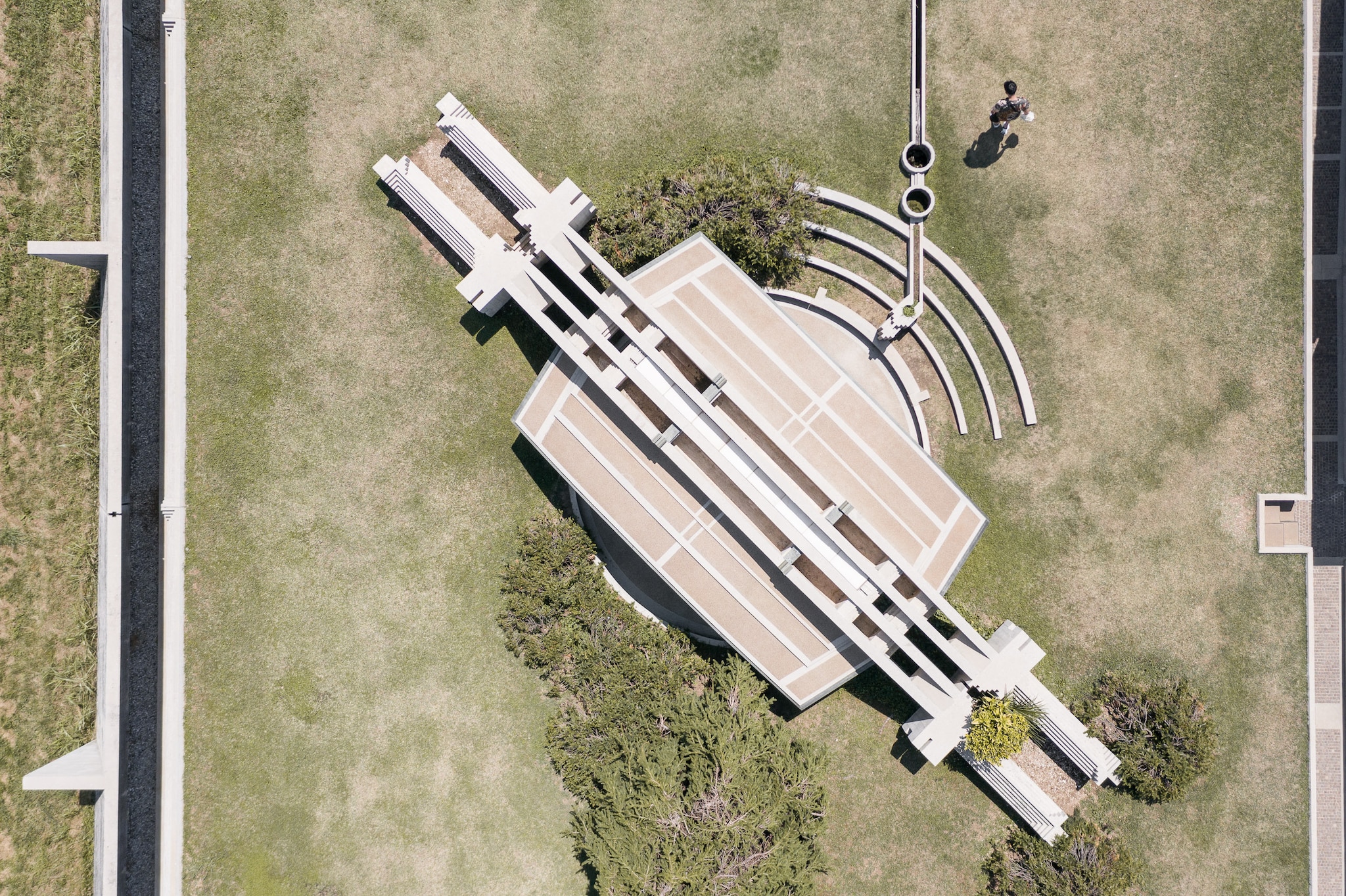
 View gallery
View gallery
Built between 1970 and 1978 – the year of Scarpa’s death, in Japan – the funerary complex was commissioned by Onorina Tomasin-Brion to celebrate the memory of her husband Giuseppe Brion, founder and owner of the Brionvega electronics company. Separated from the rest of the cemetery, the project occupies an area of about 2 thousand square meters, bounded by a sloping wall that creates a second horizon over the Treviso countryside. In addition to the entrance, between the mirrors of water for meditation and the contrast between the reinforced concrete and the green of the meadows, the arcosolium stands out, an arch covered with glass tiles protecting the sarcophagi of the spouses. The crossed rings in the propylaeum are unmistakable, for some a symbol of the union of lovers beyond life, and for others connected to the Liber Figurarum by Gioacchino da Fiore.
The funeral complex saw a meticulous restoration that ended in 2021 and was guided by the architect Guido Pietropoli, who was already a collaborator of Scarpa during its construction. Ennio and Donatella Brion donated to FAI the monument, which has thus become the seventieth asset of the foundation.
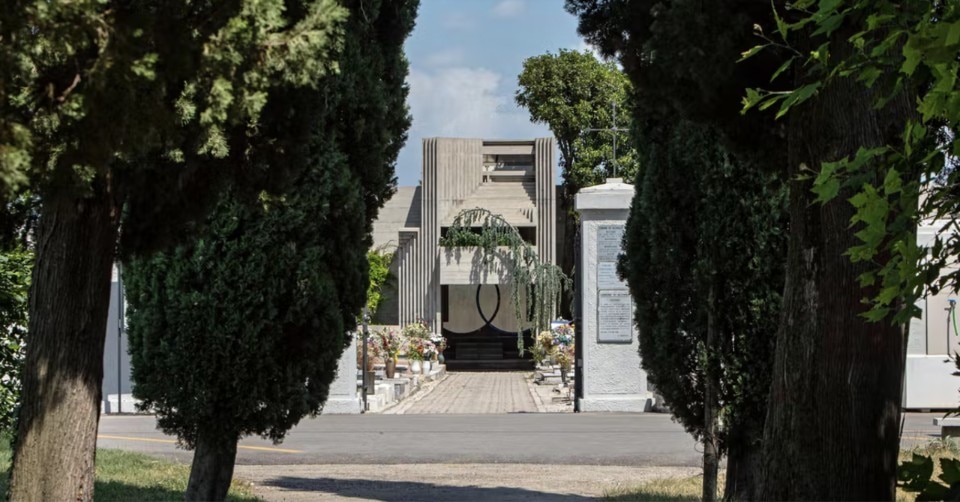
Brion Tomb by Carlo Scarpa. San Vito, Altivole (Treviso), Italy.
Image courtesy of FAI.
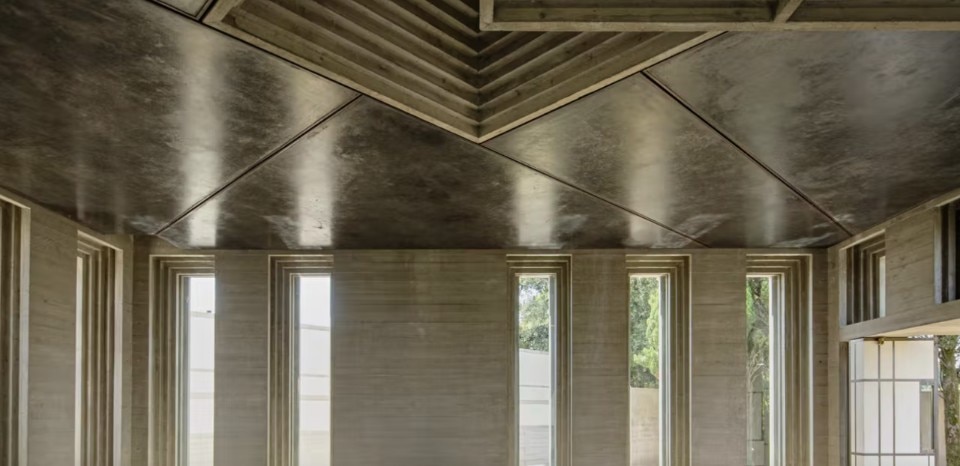
Brion Tomb by Carlo Scarpa. San Vito, Altivole (Treviso), Italy.
Image courtesy of FAI.
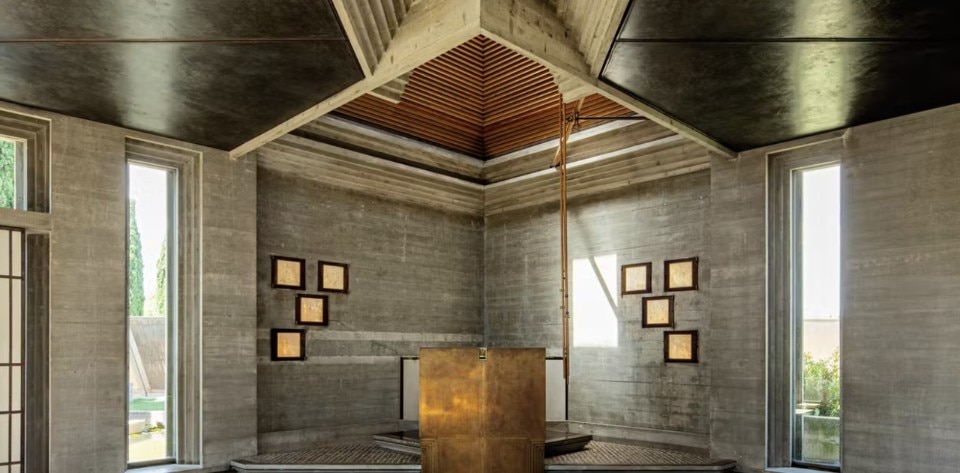
Brion Tomb by Carlo Scarpa. San Vito, Altivole (Treviso), Italy.
Image courtesy of FAI.
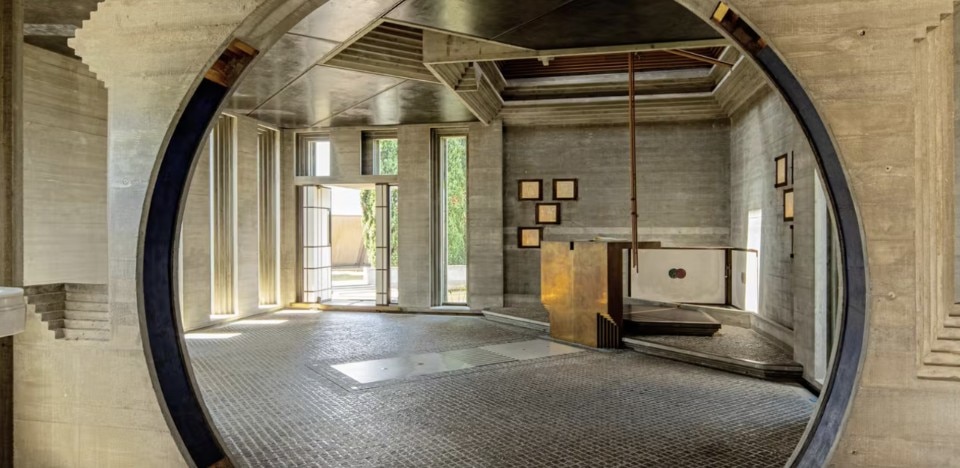
Brion Tomb by Carlo Scarpa. San Vito, Altivole (Treviso), Italy.
Image courtesy of FAI.

Brion Tomb by Carlo Scarpa. San Vito, Altivole (Treviso), Italy.
Image courtesy of FAI.
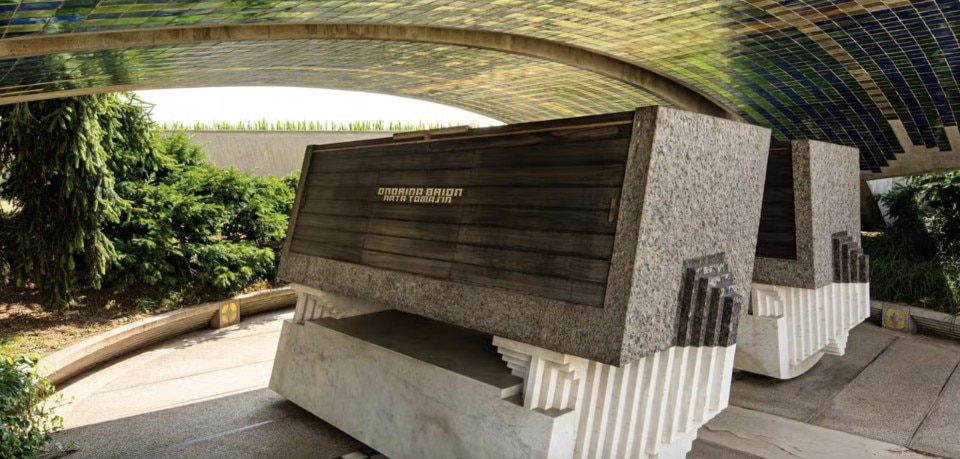
Brion Tomb by Carlo Scarpa. San Vito, Altivole (Treviso), Italy.
Image courtesy of FAI.

Brion Tomb by Carlo Scarpa. San Vito, Altivole (Treviso), Italy.
Image courtesy of FAI.
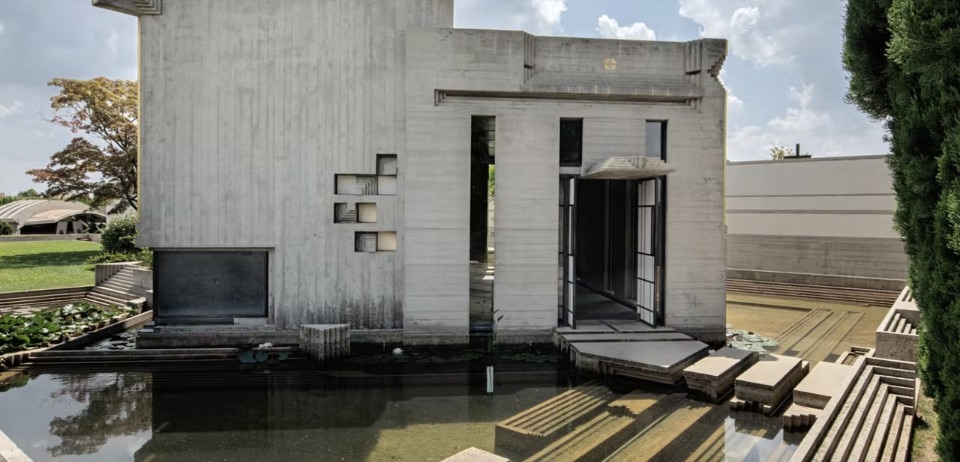
Brion Tomb by Carlo Scarpa. San Vito, Altivole (Treviso), Italy.
Image courtesy of FAI.

The Pipe collection, between simplicity and character
The Pipe collection, designed by Busetti Garuti Redaelli for Atmosphera, introduces this year a three-seater sofa.
- Sponsored content

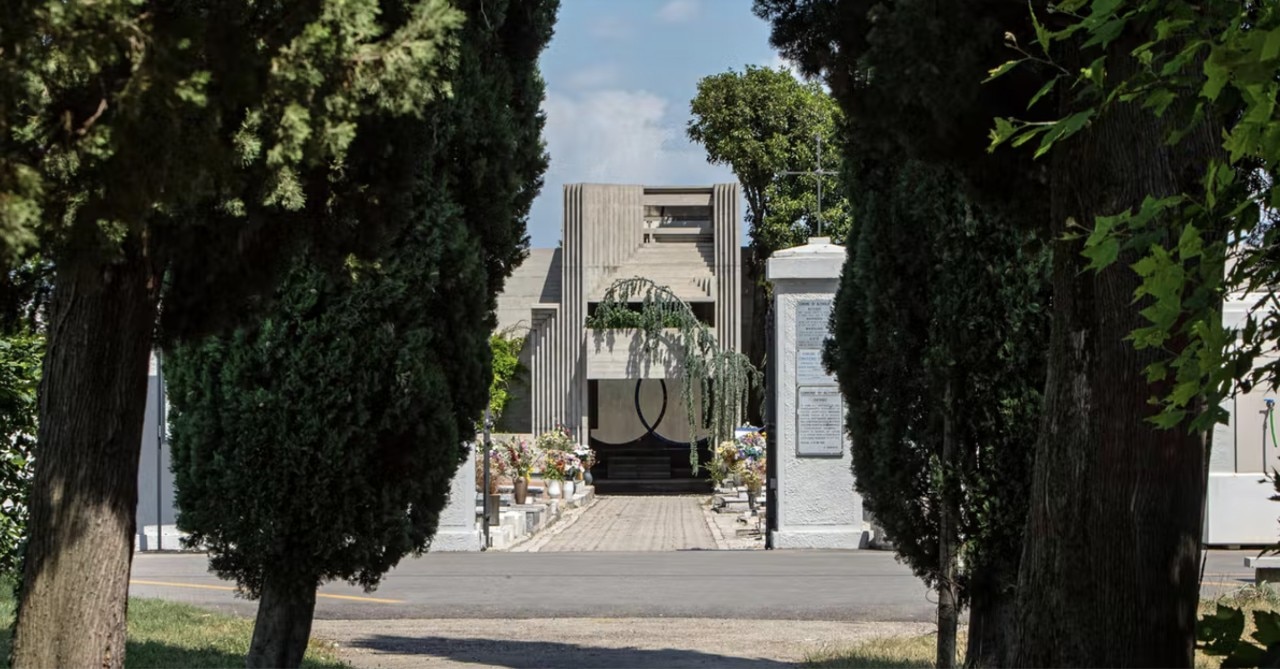
.jpg.foto.rmedium.png)
.jpg.foto.rmedium.png)
.jpg.foto.rmedium.png)
.jpg.foto.rmedium.png)
.jpg.foto.rmedium.png)
.jpg.foto.rmedium.png)
.jpg.foto.rmedium.png)
.jpg.foto.rmedium.png)
.jpg.foto.rmedium.png)
.jpg.foto.rmedium.png)
.jpg.foto.rmedium.png)
.jpg.foto.rmedium.png)
.jpg.foto.rmedium.png)
.jpg.foto.rmedium.png)
.jpg.foto.rmedium.png)
.jpg.foto.rmedium.png)